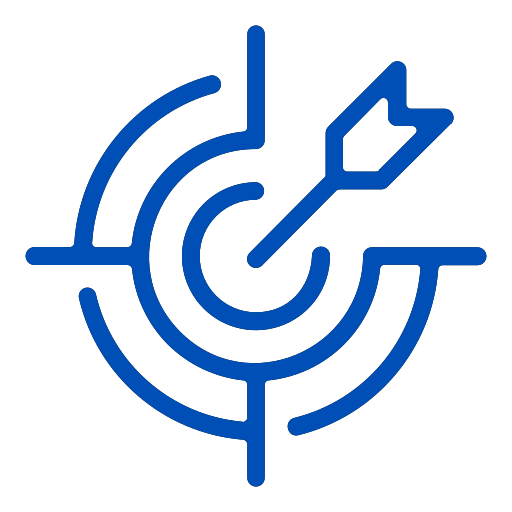Which side of your child's brain is active - Left or right

Right or Left? : Why the side of a brain make a difference
Often we hear comments such as “What a right-brained thinker you are!” or “That’s such a left-brained thing to say!” but what does it really mean to be a left-brained or right-brained thinker?
Left-brained thinkers are characterized by being more logical, analytical and prone to reasoning. These are the sort of people who excel in mathematics and economics, and who often find numbers easy to master. A right-brained person is more drawn to their intuition, tends to be creative and likes to express himself through art and writing.
However, while the distinctions drawn between being a left-brained thinker and a right-brained thinker may be many, never fear- these are not cut and dried. Many children (and adults) exhibit a mixture of qualities from both brain areas. However, knowing which side is predominant in your child can make all the difference when they are learning, as well as help you identify the learning style that should be employed while teaching them.
Most children fall in the middle of the left and right divide, and thus, have no great problems with learning information in different forms. But, for some others, their preference for using one side of their brain for thinking and learning new things, can pose quite a challenge. Yet, once they learn something, these children, with predominant right or left brain traits, often excel!
One of the most well-known right-brained people to ever live was the genius, Albert Einstein. He was a difficult child, because people thought he had learning disabilities as he could not write down simple steps when doing mathematical equations. However, he always got the right result! The problem he had, and that most right-brained children have, is that they tend to work in wholes instead of in parts.
Other qualities right-brained children may have include:
• Great physical and sports abilities
• Aptitude for learning when being shown rather than told
• Prefer working in teams rather than solo
• Solve problems intuitively
This is why right-brained thinkers tend to choose future careers that are more intuitive and require less organization and structure. They often go into fields like acting, sports, politics, crafts or any occupation that involves interaction (with people or animals.)
Left-brained thinkers are more common to find, and thus, most education systems are geared towards learning and text that is more favourable to them. Left-brained children are more likely to score well on written exams, even when the person they are competing with has the exact same IQ, but uses their right side of the brain more!
Left-brained thinkers favour:
• Verbal instructions
• Reading
• Silence when they are concentrating
• Planning and organization when starting a task
These left-brained thinkers tend to choose careers that are highly structured and organized such as banking, law, mathematics and science.
While most schools focus on helping left-brained thinkers to learn (there are more of them, after all!) there are some techniques that you can use to help your child, especially if they are highly right-brained in their thinking.
These include:
• Using tactile objects while teaching them a topic. For instance, use alphabet blocks to help them learn spellings or real money when they learn mathematics (if you don’t want to use real cash, use Monopoly money)
• Since they can lose focus easily, use a spot or desk light when they are reading. This helps them focus their concentration more effectively.
• Use images or drawings whenever possible, especially in subjects like maths and science, which are harder for them to grasp. You can make them draw out elements or draw objects to represent numbers.
• Encourage group studies and learning with others. Discussions with people help them grasp ideas and concepts quicker.
• Play music during study time- this can actually help them take in more information!
– By Meetali Kutty



Leave a Reply
Add new comment